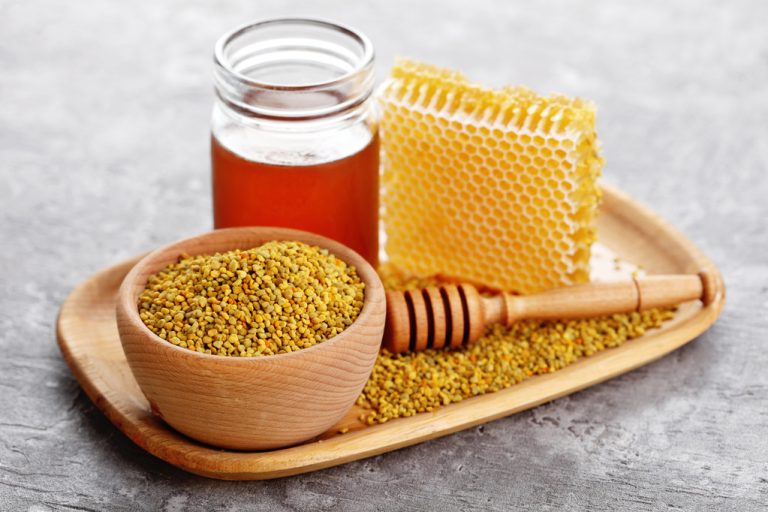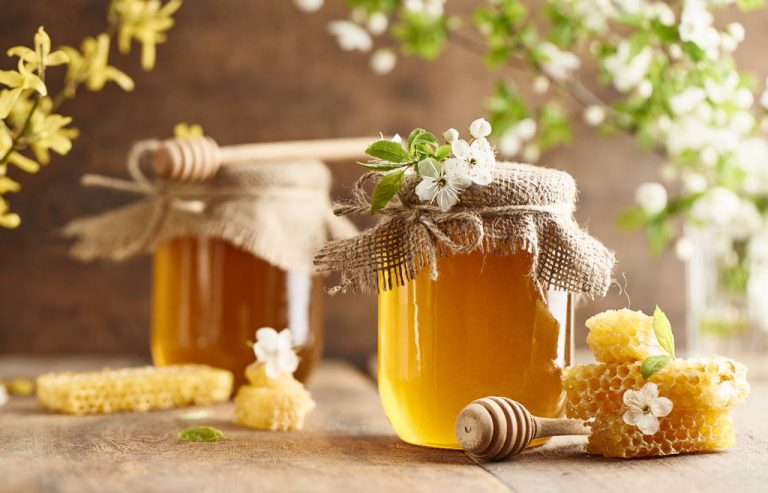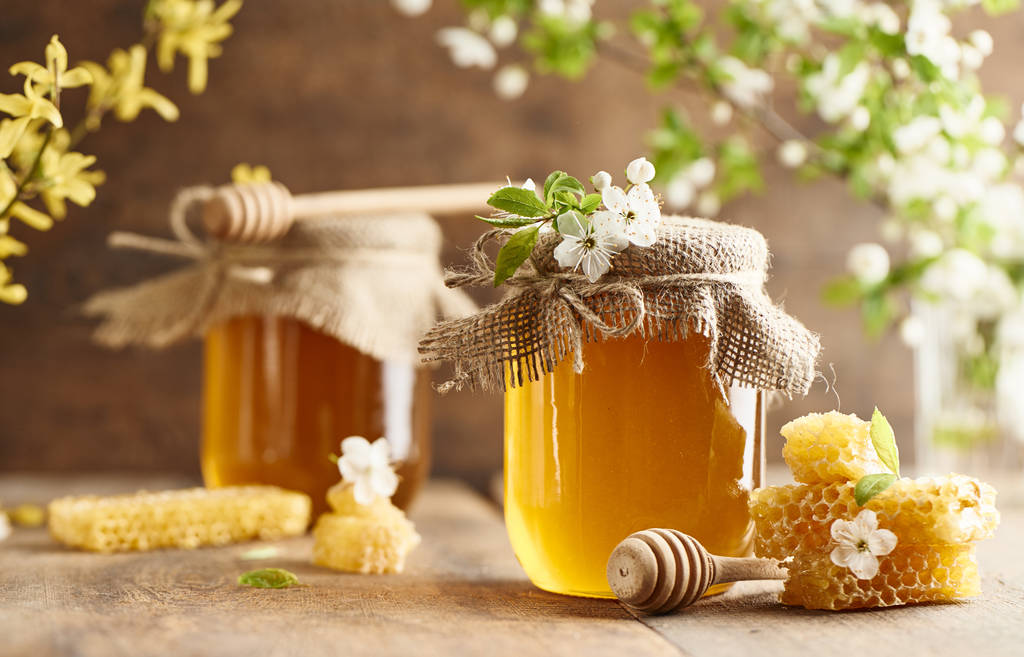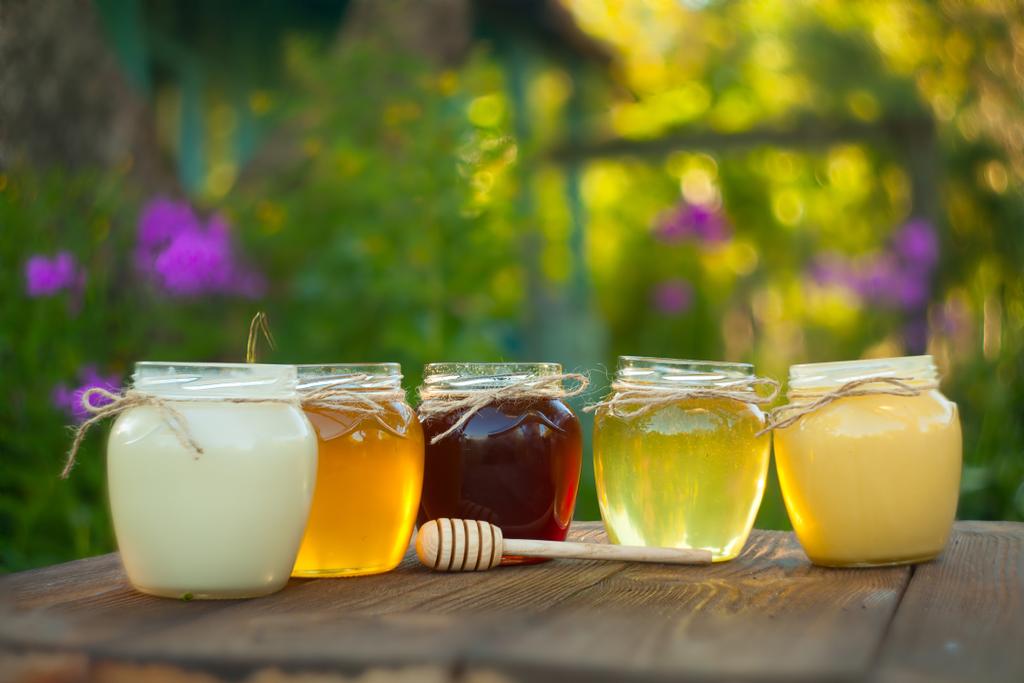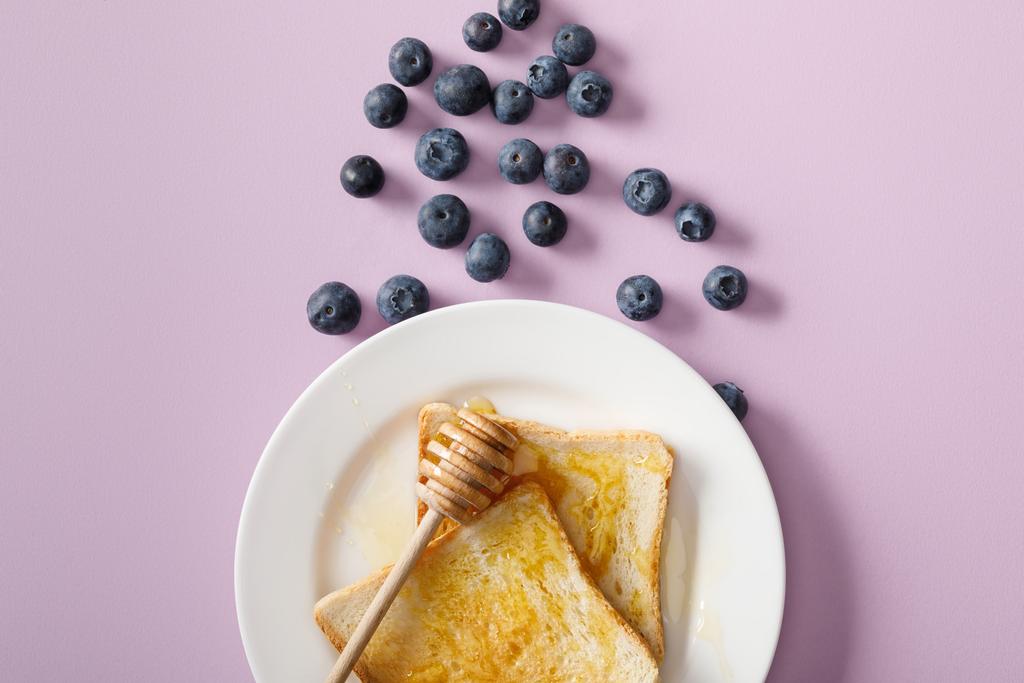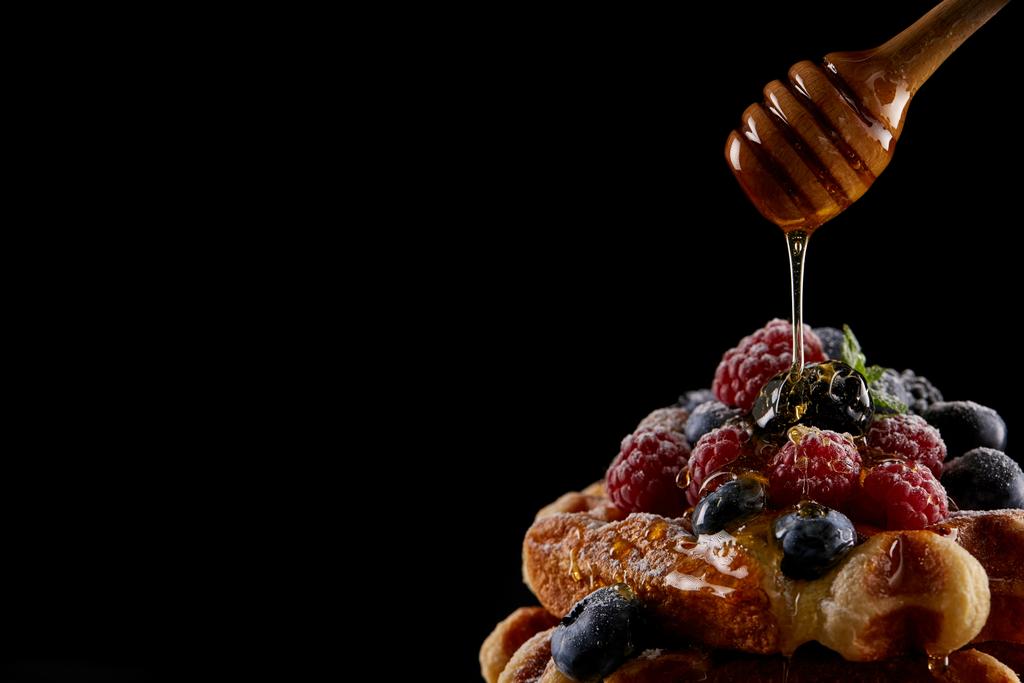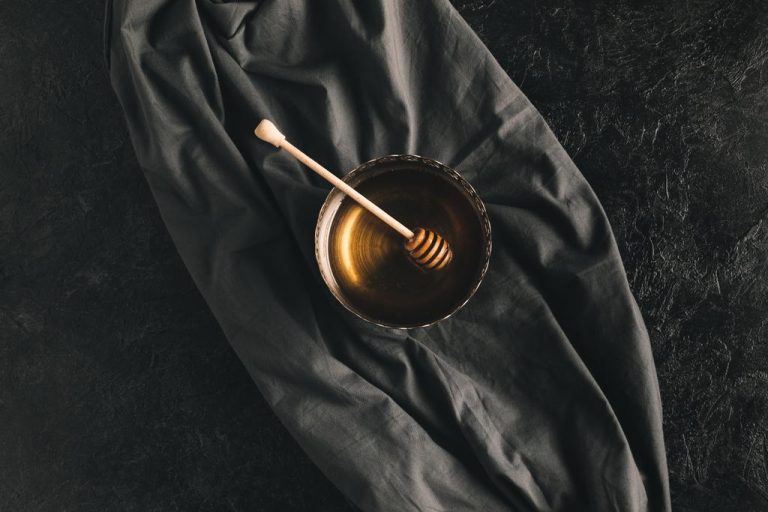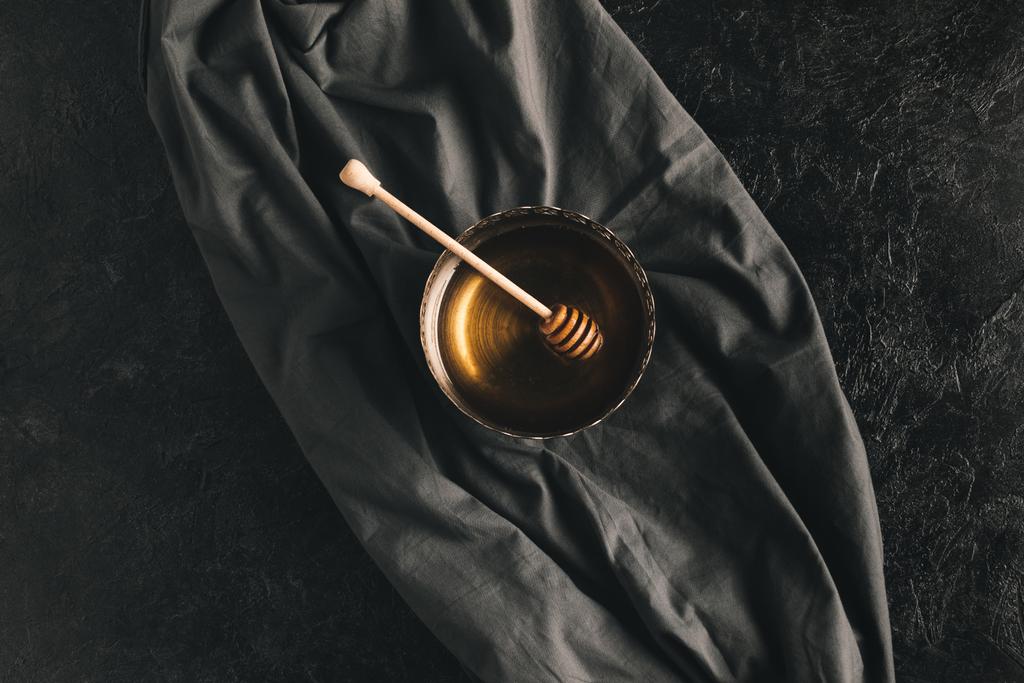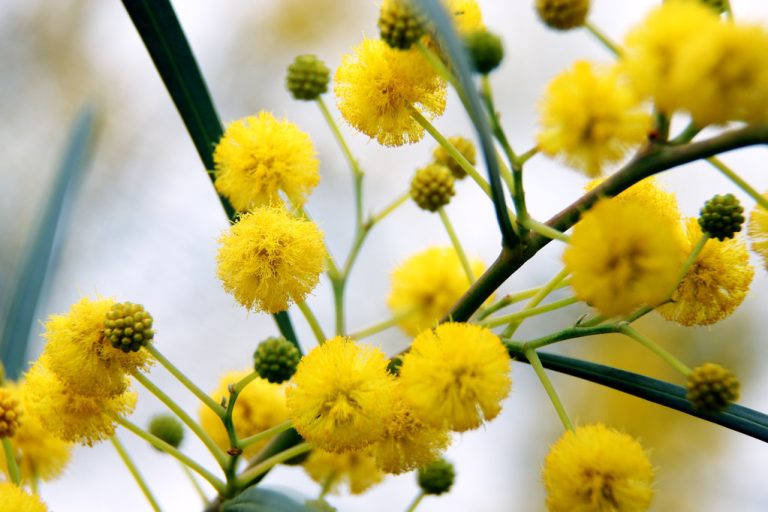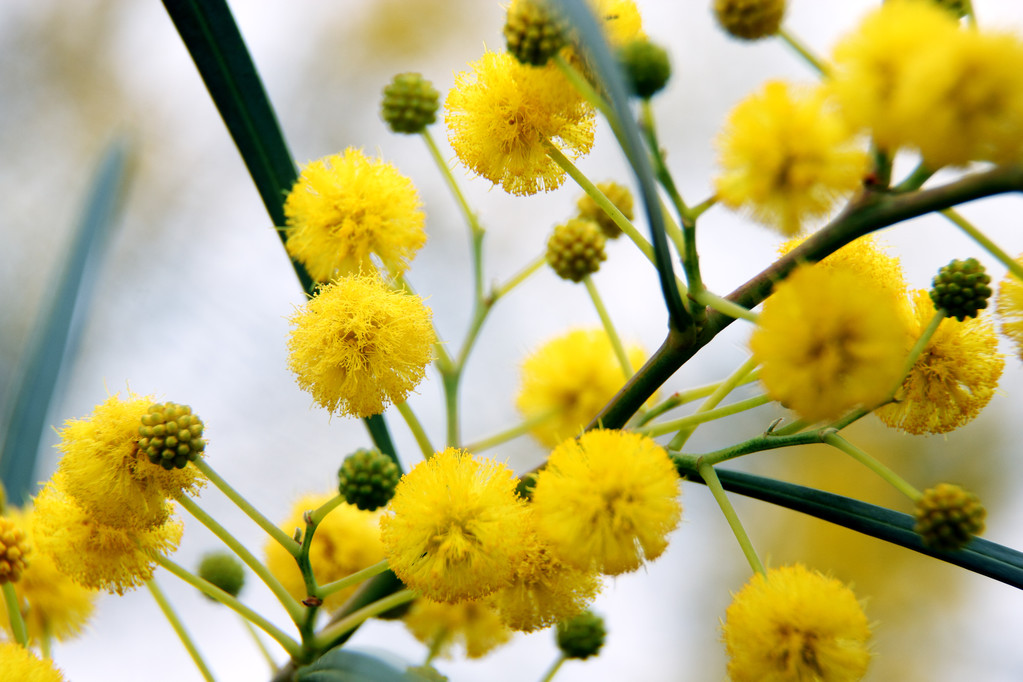Honey as a home remedy can alleviate health problems. The healing honey effect can be used for a wide variety of problems, for example against cold sores and colds.
Every person in the household should have honey. It strengthens our immune system and helps with some diseases, such as diabetes, psoriasis, and Co. So treat yourself to a honey drink every day and use it for your health.
The Story of Honey
Centuries ago, people used honey for their own purposes. According to this, the Egyptians used the golden liquid as an offering to their gods and it was also produced in the British Isles. Hippocrates also recognized the healthy effects of honey and took advantage of it. He processed the golden natural product into ointments and honey water.

How is honey made?
Of course, we all know that the busy bees make the golden goo. But how exactly do the bees do it? And why actually? Now the bees produce honey from flower nectar or honeydew in order to create their own supply for the winter.
The healthy effect of honey
People have been using healing properties for many centuries. Although there are no numerous studies on the health effects of honey, it contains many different nutrients, such as minerals and trace elements. Due to its composition of nutrients, such as amino acids, vitamin C and vitamin B6, calcium, magnesium, potassium, and zinc, it supports the immune system in an ideal way.
That is why it is so popular as a natural remedy for health problems. The healing effect is due to its antibacterial, antioxidant, and antifungal properties. Consequently, it can help kill bacteria and fungi. In addition, it can be used in inflammatory diseases.
Honey as a home remedy
Honey as a home remedy can do a good job and tastes delicious. Therefore, you can use it for internal and external use. We have therefore compiled an overview of the most important areas of application for you. In addition, also note our article on healthy Manuka honey.
1) Use for arthritis
The golden natural product is already used in combination with cinnamon in Indian healing arts to treat arthritis. Because the components of both ingredients together have a decongestant effect. So take two tablespoons of untreated honey and mix it with one tablespoon of cinnamon. Then apply the topical treatment mixture to the affected area. You can also mix both ingredients with warm water and drink to relieve the pain. Also, note our natural home remedies for rheumatism.
2) Honey helps with allergies
The said combination of honey and cinnamon can also be helpful for allergies. Because both ingredients not only strengthen the immune system but also protect the body from bacteria and viruses. Since allergies often cause painful swelling, you can help relieve that pain. To do this, mix the mixture described above and drink it as needed. But note that this does not apply to life-threatening allergic reactions! Also, read our post about home remedies for pollen allergy.
3) Effective in cardiovascular diseases
In America, the effects of the golden natural product and cinnamon on the cardiovascular system were tested on patients in nursing homes. The positive honey effect on clogged arteries was proven. Consequently, the use of these ingredients, along with a healthy diet and exercise, can help prevent heart problems. Exercise and a healthy diet are also good remedies for cardiac arrhythmias.
4) Treat diabetes with honey
Further studies show the positive influence of the natural product on the blood sugar level. Not only was the blood sugar level lowered, but also the bad HDL cholesterol. At the same time, good HDL cholesterol is promoted. Consequently, it ensures good cholesterol levels. Since many health problems of diabetics are blamed on bad cholesterol levels, beekeeping honey is one of many diabetes tips for everyday life. In addition, note our tips for blood sugar control.
5) As a home remedy for a sore throat

This food is also a popular home remedy for sore throats and hoarseness. You can take it dissolved in hot water with lemon and relieve the pain in your throat. Or you make a neck wrap. For this use a teaspoon of blossom honey or other and the squeezed juice of a lemon. Then put the mixture on a cloth and wrap it around your neck and leave it on overnight.
6) As a home remedy for colds
Honey is also considered an effective home remedy for colds because it can strengthen your immune system. Accordingly, you can take it in the form of tea when you have a cold. Or use it to prevent colds. Whichever way you prefer, you’ll feel better in no time.







